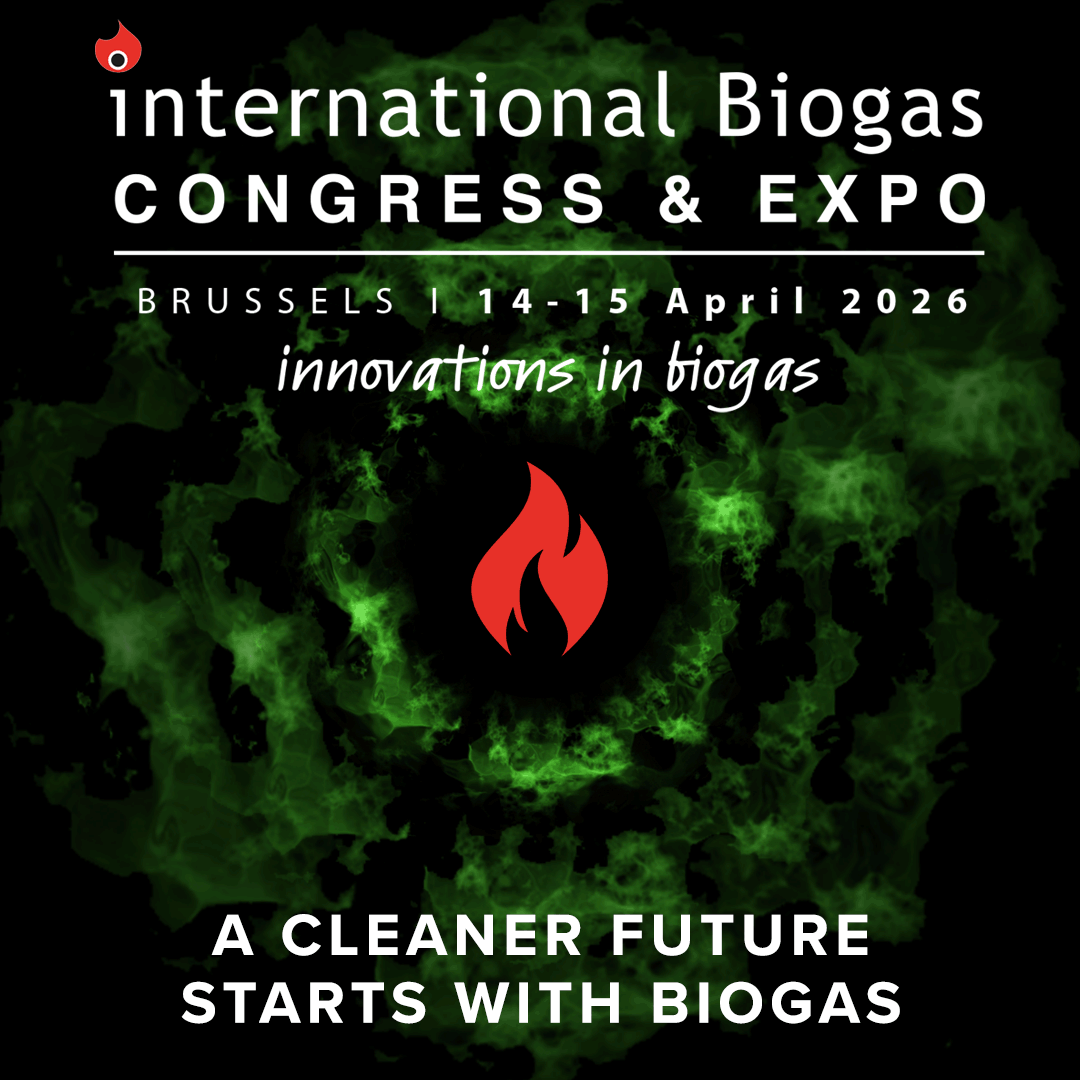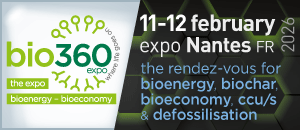Anaerobic digestion to cross the final frontier?
Anaerobic digestion could be used to provide food for astronauts, according to new research from Pennsylvania State University.
The Penn State team has shown that it is possible to rapidly break down solid and liquid waste to grow food in microbial reactors, while simultaneously minimising pathogen growth.
"We envisioned and tested the concept of simultaneously treating astronauts' waste with microbes while producing a biomass that is edible either directly or indirectly depending on safety concerns," said Christopher House, professor of geosciences, Penn State.
"It's a little strange, but the concept would be a little bit like Marmite or Vegemite where you're eating a smear of 'microbial goo.'"
A major challenge of long distance space travel is the mass and fuel costs of transporting food on the space craft. The research from Penn State could help overcome this challenge.
To check the viability of the idea, the researchers used an artificial solid and liquid waste that’s commonly used in waste management tests. They built an enclosed, cylindrical system in which select microbes came into contact with the waste and broke it down through anaerobic digestion.
"Anaerobic digestion is something we use frequently on Earth for treating waste," said House. "It's an efficient way of getting mass treated and recycled. What was novel about our work was taking the nutrients out of that stream and intentionally putting them into a microbial reactor to grow food."
It was discovered that the methane produced through anaerobic digestion of human waste could be used to grow Methylococcus capsulatus, which is used as animal feed. Based on this, the researchers concluded that similar microbial growth could be used to produce for astronauts on deep space flight.
In the tests, the team were able to remove 49% to 59% of solids in 13 hours. By comparison, typical waste management treatments can take several days.
The design takes inspiration from materials used in the commercial aquarium industry.
"We used materials from the commercial aquarium industry but adapted them for methane production," explained House. "On the surface of the material are microbes that take solid waste from the stream and convert it to fatty acids, which are converted to methane gas by a different set of microbes on the same surface."
House and colleagues’ findings have been published in the journal Life Sciences in Space Research.
















